There are clearly much higher frequencies than 100Hz involved in C1:
The following recommendations apply to capacitor C1:
It must be connected as close as possible to pins 5 and 6 since very high current
pulses flow from C1 to pin 5 and 6. This avoid problems caused by inductive effects
due to the length of the copper strips.
It is highly recommended to use low ESR (max 200 mOhm)
If they are talking about negating the inductance of a few mm of traces, it is hundreds of MHz or more. It also doesn't make much sense in the context of a bypass capacitor to worry about ESR on something that has an Xc of thousands of ohms, as Tony points out.
I suggest using Murata's simsurfing tool, which gives individual characteristic curves for each part number. For example, this is an 0402 part 220nF which shows an ESR of < 200m\$\Omega\$ from 200kHz to more than 1GHz.

However, keep in mind that (especially smaller parts) can have a wicked voltage coefficient. At 3.3V this one isn't too bad, but at the rated 10V it pretty much disappears.



